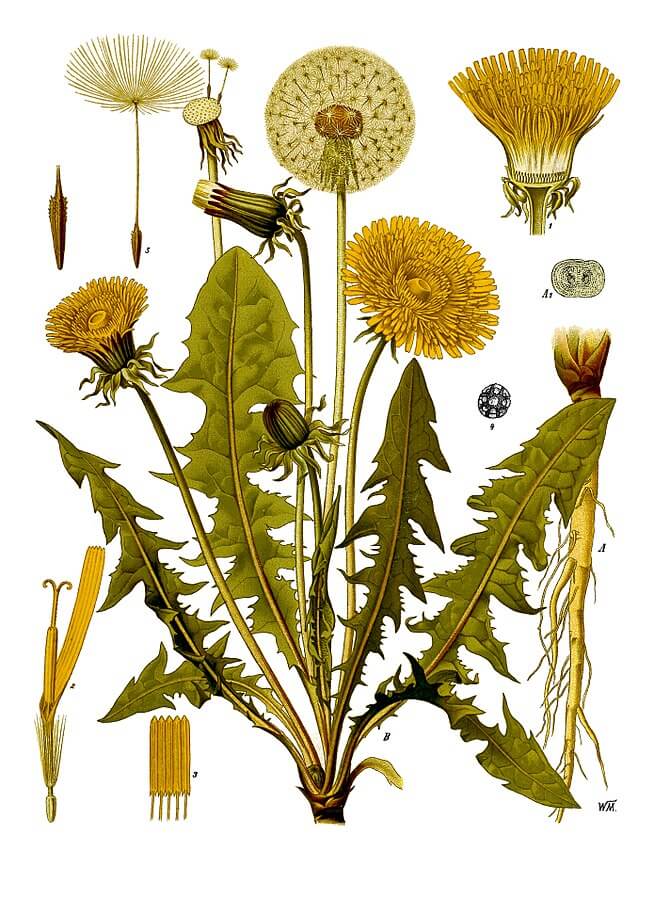
(Photo by: Walther Otto Müller/Wikimedia Commons)
Who doesn’t know dandelions (Taraxacum officinale)? This lovely flower grows almost all around the world. You’ve likely blown fluffy dandelion balls at least once to make a wish during your childhood. Children love to blow on dandelion’s feathery light seeds into the wind, hoping that they would soar to the sky and make their wishes come true.
Despite its beautiful and ethereal appearance, people consider dandelion as a pesky and annoying weed. These flowers often pop up in the most unexpected places. After all, dandelion’s seeds are easily carried along by the wind, bringing them to many different places, like the roadside and maybe even your own lawn. But don’t be so quick to pull them out! Aside from granting children’s wishes, dandelions actually have many culinary and medicinal uses.
Apparently, our ancestors have figured this out long before we did. Historically, dandelions are prized due to their pleasant taste and numerous medicinal properties. In fact, societies around the world have been using them to make various recipes as well as to make traditional herbal remedies for thousands of years.
Edibility and culinary use
Dandelion is a very versatile ingredient. All parts of this plant are edible, including its roots, leaves, and flowers. Young dandelion parts have a delightful, chicory-like taste with a bitter note.
Roots
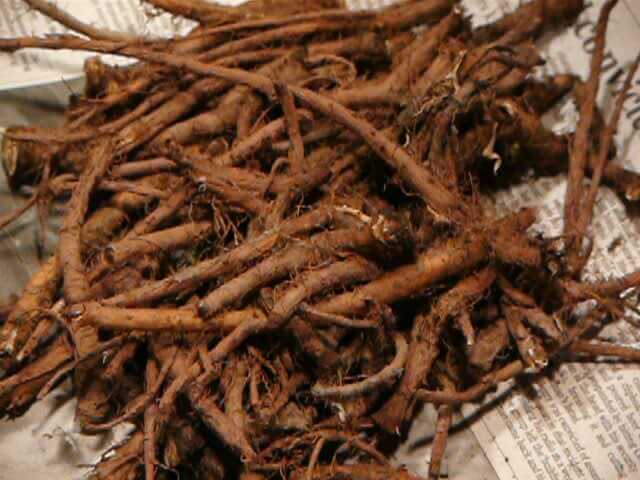
(Photo by: Zero-X/Flickr)
The larger and more mature the roots are, the more bitter they’re going to taste. Old dandelion roots taste extremely bitter, that’s why you should avoid them and harvest smaller, younger ones instead.
Once harvested, you can clean them and dry them out in the sun. After the roots are completely dried, roast and ground them. When steeped with hot water, this powder will work great as a non-caffeinated coffee substitute. Dandelion coffee tastes and smells almost just like the real thing. It’s a great substitute if you love the taste of coffee but need to limit your caffeine intake.
Aside from being used as a coffee substitute, some people actually eat dandelion roots much like they would with other root vegetables. However, due to its extremely bitter taste, there are mixed views about cooking them as a root vegetable. One thing is for sure though; eating these roots is certainly an acquired taste. It will take a lot of seasonings and spices to make them palatable. If you’re curious, you can try to include them in your meals and see if you like their taste. Some say they’re quite good when roasted or added into soups.
Leaves
Young dandelion greens have a pleasant earthy and nutty taste. Much like the roots, the older the leaves are, the more bitter they’re going to be. So, pay attention to when you are harvesting them and stay away from older leaves and stems. You can pick young and tender leaves all throughout the growing season.
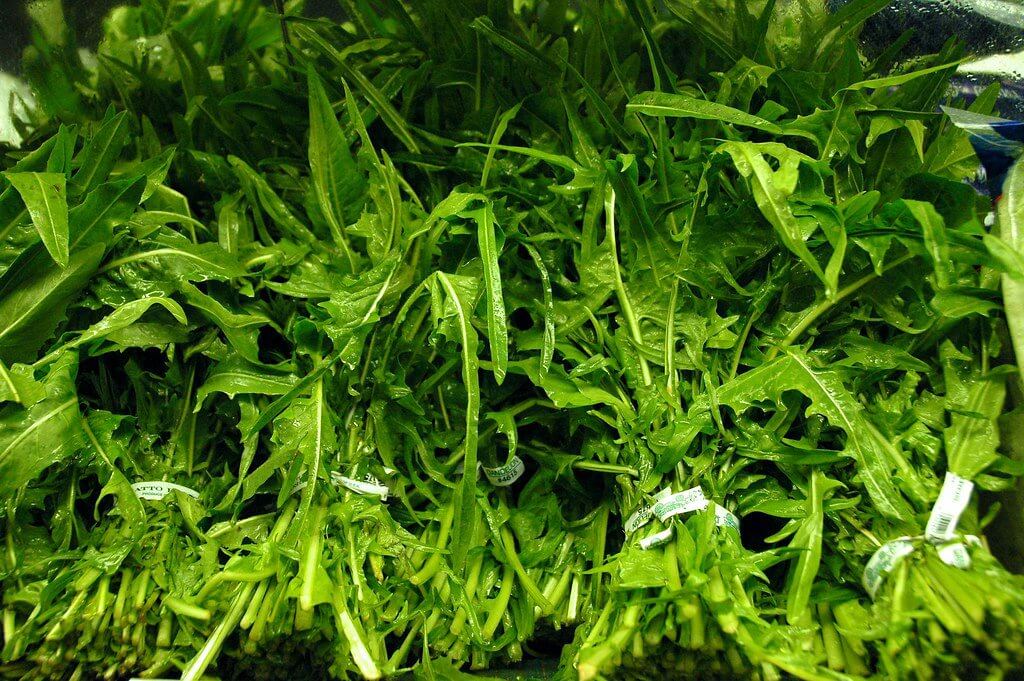
(Photo by: Farmanac/Flickr)
Here’s a tip if you intend on harvesting your greens. A week or so before the harvest, cover the plants with a dark and opaque fabric for most of the day. The fabric will block out most of the light and thus, blanch the leaves naturally. When you pick the leaves, they’ll be less bitter.
This leaf vegetable is quite versatile and can be used in many different recipes. Fresh young leaves will add a delicious crunch to salads and other fresh vegetable dishes. They also work great as a potherb and as a spinach-substitute. When cooking, note that the taste of dandelion greens is the perfect compliment for bacon, nuts, lemon, and goat cheese.
The leaves can also be dried for later use. Dried leaves can add a delightful nutty taste to bread and savory muffins. You can also steep them to make dandelion tea which is incredibly healthy. Note that dandelion tea can taste quite bitter. If so, you can dilute the beverage with a little bit more water to make it more palatable. Additionally, honey and lemon will also complement the flavor of this tisane nicely.
Flowers
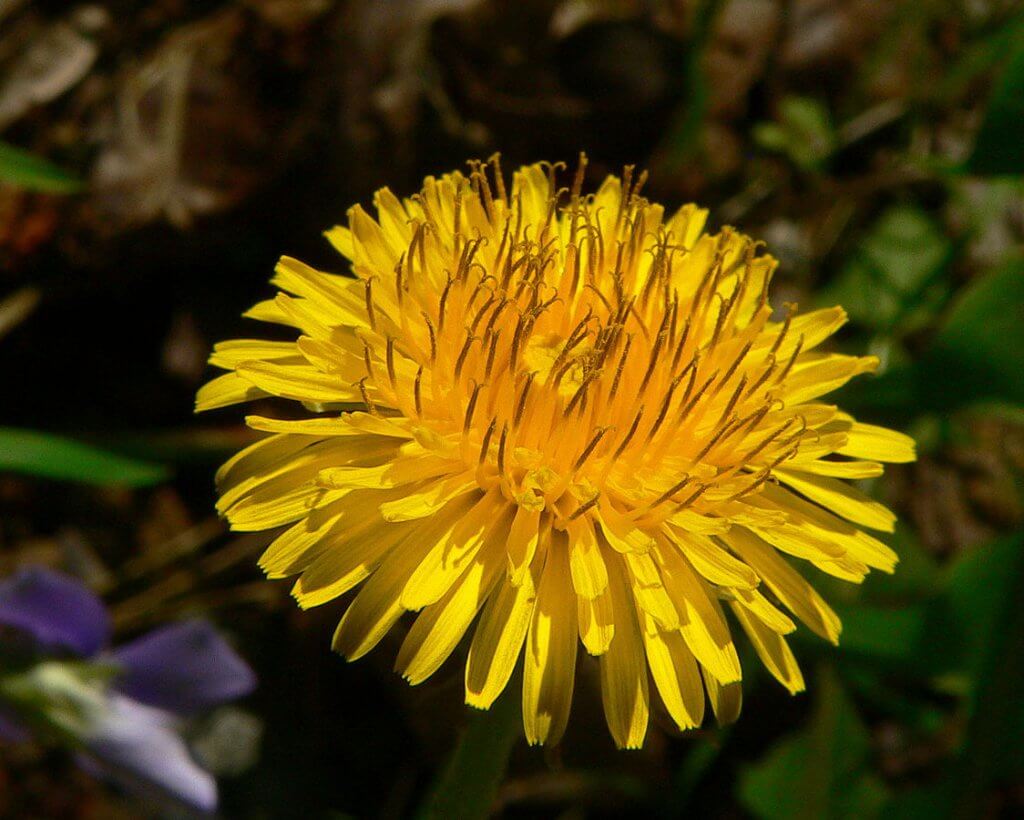
(Photo by: Greg Hume/Wikimedia Commons)
Dandelion flowers are a fantastic delicacy; they’re versatile, healthy, and tasty. Unopened buds are tender and tasty. You can deep-fry them to make dandelion tempura or add them to fresh salads. Meanwhile, the bright yellow flowers will look lovely when used as an edible garnish in salads and desserts. You can also use them to make jams and syrups.
These flowers can also be made into several different beverages. Dandelion wine is a particularly popular delicacy, especially in Europe. Alternatively, you can steep the flowers to make a delicious herbal tea.
Health benefits
Nutritional content
Despite being a weed, dandelion is actually a very healthy wild edible. It’s low in calories and fat while containing lots of essential nutrients. A cup of raw dandelion greens only contains 25 calories, 0.4g of fat, and absolutely no cholesterol. It also provides you with 1.5 g of protein and 5g of carbohydrates which includes 3g of dietary fiber.
Aside from that, dandelion is also an amazing source of key vitamins and mineral. It’s especially rich in vitamins A and K. In fact, you’ll be able to fulfill your daily vitamins A and K needs with just a cup of dandelion greens. You can also get vitamins B complex, C, and E as well as antioxidants from them. This vegetable also contains small amounts of iron, calcium, magnesium, phosphorus, manganese, zinc, and copper.
Medicinal uses
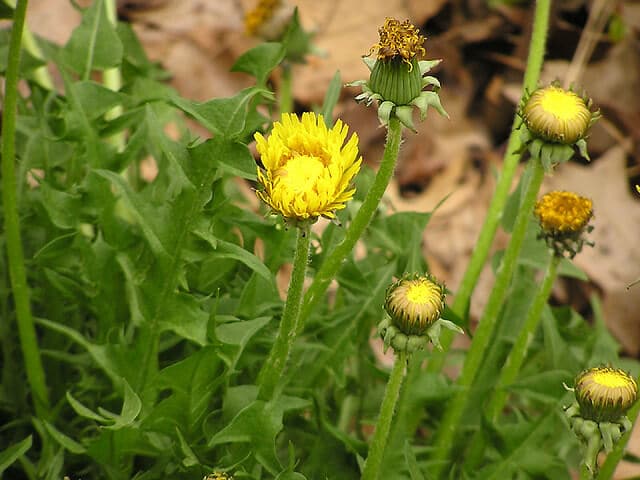
(Photo by: lcm1863/Flickr)
With such a fantastic list of nutritional contents, it comes as no surprise that dandelion has a lot of health benefits and medicinal uses. First, as a great source of dietary fiber, the green parts can promote a healthy digestive system, stabilize blood sugar level, control diabetes, and make you feel full longer. Then, due to its vitamin K and calcium contents, it can also improve bone and teeth health.
Dandelion also has mild diuretic property. This helps the kidneys in functioning properly and help remove toxins from your body. Dandelion is also fantastic at improving cardiovascular health. It can prevent and cure anemia as well as high blood pressure. Aside from that, vitamin C and antioxidants in dandelion can also boost your immune system, protect your liver from diseases, and even prevent cancer.
This flower is also great for pregnant women and new mothers. Vitamins A and B complex, as well as folate, iron, and calcium, are essential nutrients for pregnant women. Moreover, due to its diuretic effect, dandelion can help relieve mild edema that’s common during pregnancy. Dandelion’s nutritional content can also aid recovery after giving birth. It can also stimulate lactation.
Dandelion can also be used topically. The sap is potent at treating skin diseases. It has antimicrobial and antifungal properties. As a result, it’s great for treating itchiness, skin infections, bruises, rashes, boils, eczema, and other skin conditions. Dandelion juice can also be a valuable addition to your skincare regime. It can prevent and cure acne, reduce face redness, and make acne scars less noticeable.
Obtaining the edible
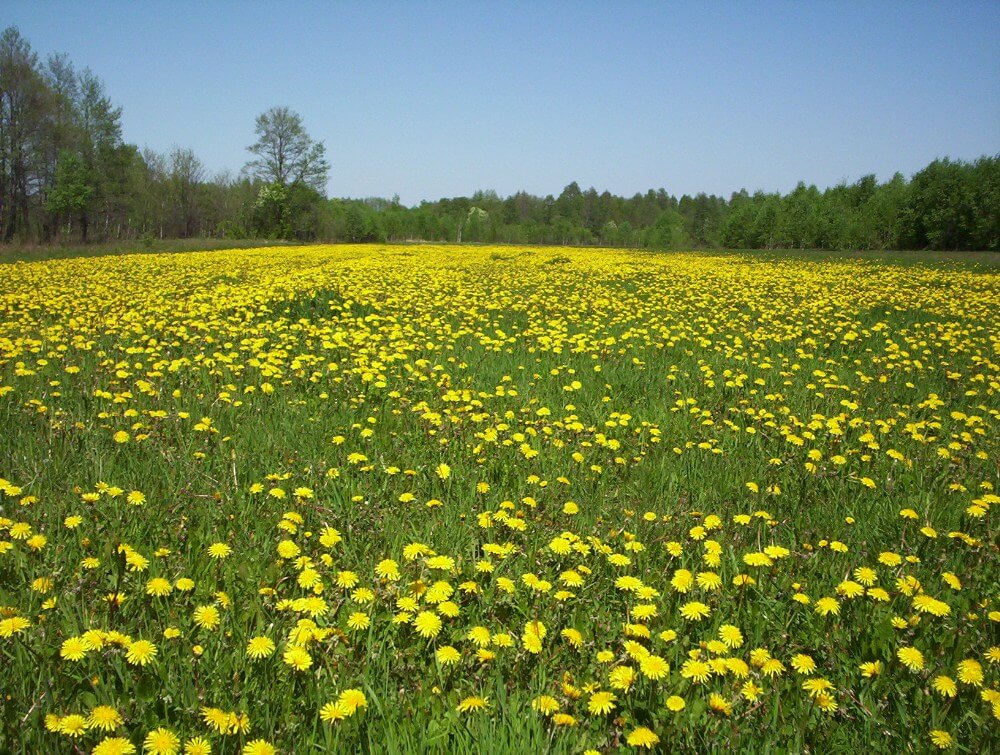
(Photo by: Tomasz Kuran/Wikimedia Commons)
Due to its amazing health benefits, dandelions are gaining popularity these days. Many supermarkets, grocery stores, farmer’s markets, and health food stores now sell them. It’s actually not recommended to forage dandelions from the wild. Since they’re considered a weed, there’s a big chance that wild dandelions have been sprayed with herbicides. If you’re not sure what the plants have been exposed to, it’s better to leave them alone.
Always make sure to pick young, bright green leaves with almost no blemishes. Then, you can store them in your fridge just like you would with any other greens. When stored in the fridge, they’ll stay fresh for 3 to 5 days. It’s recommended to wash them and put them inside a sealed plastic bag with some paper towels before storing them in the fridge. The paper towels will absorb excess moisture so your dandelion greens can stay fresh longer.
Cultivation
Aside from foraging them and purchasing them from grocery stores, you can also cultivate dandelion in your own garden. Doing this will not only provide you with a reliable food source but also give your garden a fresh pop of color. Moreover, dandelions are very easy to grow and maintain.
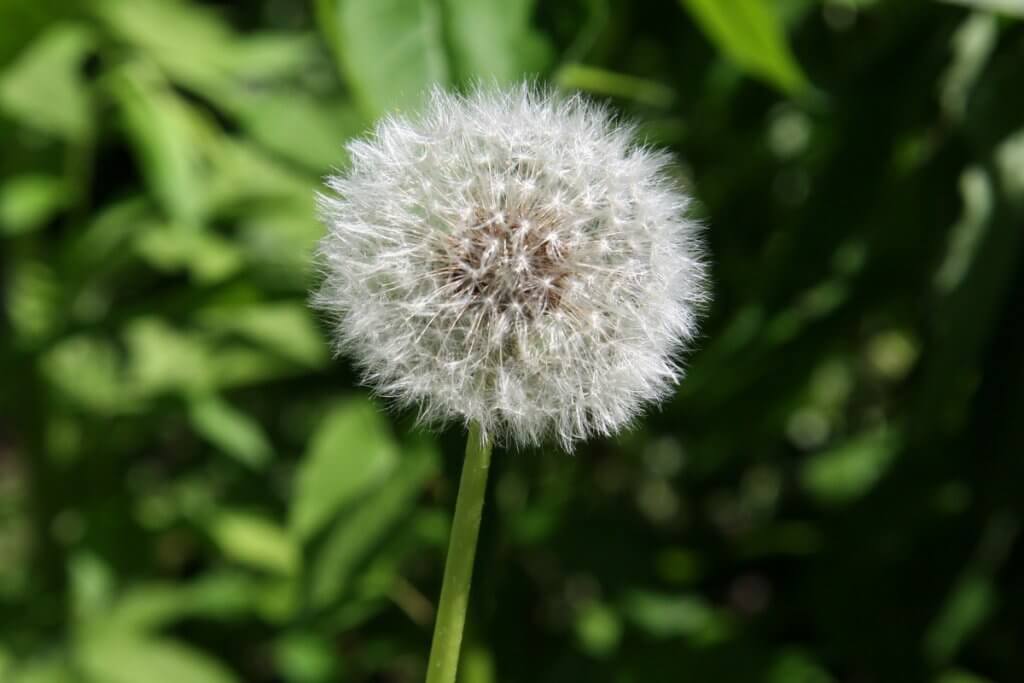
(Photo by: Huw Williams/Wikimedia Commons)
Dandelions are resilient and will survive in poor conditions. They will thrive best under full sun exposure, but they can grow with just about any light. They’re also not picky about the soil condition, as long as it provides adequate drainage. One thing you must note though, don’t use chemical fertilizer if you plan on harvesting the plants for consumption. The chemical may harm your body if ingested. Just add lots of compost to the soil where they grow instead.
This plant can be grown outdoors as part of your vegetable garden or indoors in a container to make it easier for you to harvest them. Sow the seeds directly 4 to 6 weeks before the expected last frost date. Once they’ve sprouted, thin them so each plant is about 6” apart from each other. They will be ready to harvest by late spring or early summer. They will reseed themselves. But since the seeds often fly away, you may find them in places where you don’t expect them to grow.
Cautions
Dandelion is mostly safe when consumed moderately, both as a food and as a medicinal herb. However, note that this herb is a type of ragweed. Ragweeds may cause allergic reactions in sensitive people when taken by mouth or used topically. If you’re allergic to other types of ragweed, such as chrysanthemum and daisies, avoid consuming dandelion. Allergy symptoms may include heartburn, stomach pain, diarrhea, itchiness, and skin redness. If you notice any of these symptoms, stop consumption immediately and contact your doctor.
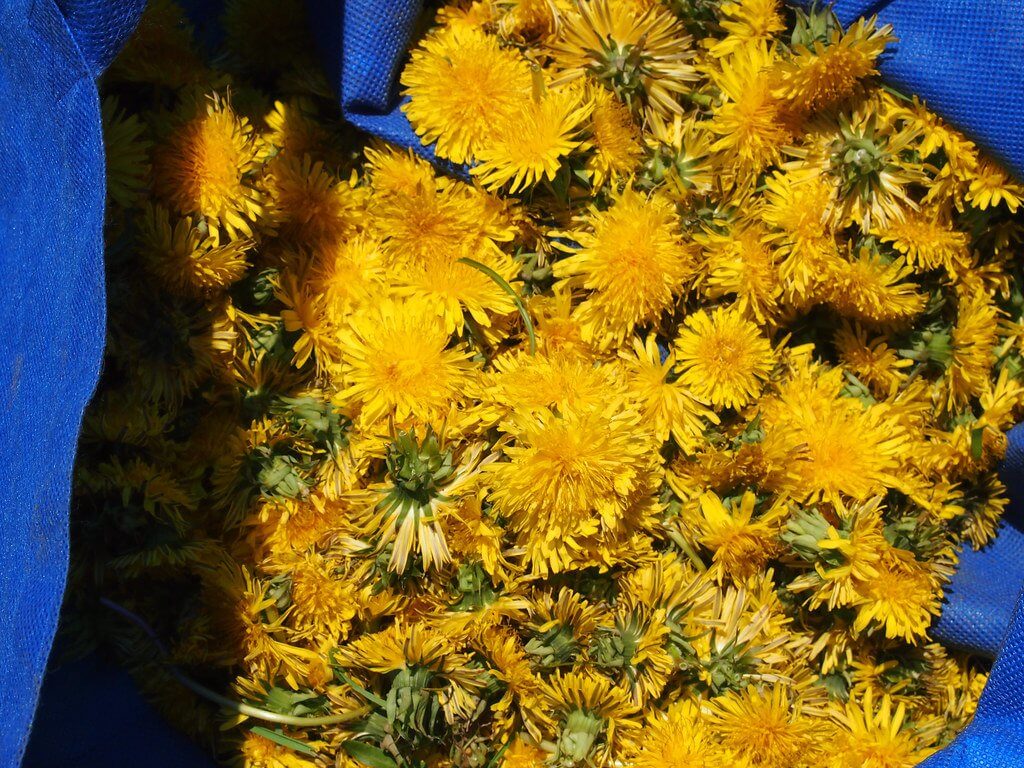
(Photo by: wayne marshall/Flickr)
There are some concerns that overconsumption of this herb over a long period of time may reduce fertility in women as well as lower the testosterone level in men. This is because the plant contains phytoestrogen. While this substance may be good for some people, it may also be harmful to others.
This flower may also interact with certain medicines, such as antibiotics and blood thinning medications. So, it’s recommended to consult your doctor before you start consuming dandelion as a medicinal herb.
Conclusion
Once you look over its bad reputation as a weed, dandelion can actually be a valuable addition to your daily diet. They are an amazing nutrition powerhouse. Low in calories and rich in essential nutrients, dandelions are truly an underrated wild edible. The time has come to embrace the wonderful benefits of dandelion. Try them and you’ll soon find yourself recommending this edible to everyone you know.
---------------
Writen by Cornelia Tjandra
Cornelia is a freelance writer with a passion for bringing words to life and sharing useful information with the world. Her educational background in natural science and social issues has given her a broad base to approach various topics with ease. Learn more about her writing services on Upwork.com or contact her directly by email at cornelia.tjandra@gmail.com
Many of our readers find that subscribing to Eat The Planet is the best way to make sure they don't miss any of our valuable information about wild edibles.
See our privacy policy for more information about ads on this site







One Response
Once you look over its bad reputation as a weed, dandelion can actually be a valuable addition to your daily diet?